The Paralympic Games or Paralympics are an international multisport event. Here, athletes with different types of disabilities come together from all over the world and compete in different sports. Like the Olympics, the Paralympic Games also have two versions; summer and winter Paralympics. Each is held every four years, but two years after the other.
on 16 th Summer Paralympics officially began yesterday, 24 th August 2021 in Tokyo, just two weeks after the closing ceremony for the Summer Olympics 2020 in the same city. What began with only 16 people competing in just one sport in 1948, today has over 4,000 athletes competing in 28 sports. This is the largest number of participating athletes and sports to date.
The Paralympic Games have served as an inspiration to people all over the world, as highly motivated athletes succeed despite all the odds. With this in mind, in this post, we discover exactly how the Paralympic Games came to be, what the Games represent and the future of the international event.
How did the Paralympic Games begin?
While the history of the Olympic Games dates back to ancient Greece, the beginnings of the Paralympic Games are relatively recent.
It all started in the English city about 60 km northwest of London, known as Stoke Mandeville. A year before the end of World War II, in 1944, the British government had asked German neurologist Ludwig Guttmann to open a spinal cord injury unit at Stoke Mandeville Hospital for war veterans. His patients were mostly Royal Air Force pilots who became paraplegic after suffering spinal cord injuries. The aftermath of the terrible war hurt not only the war veterans physically but also mentally. They were so terribly haunted by the events of the war that many developed serious conditions such as post-traumatic stress disorder (PTSD).
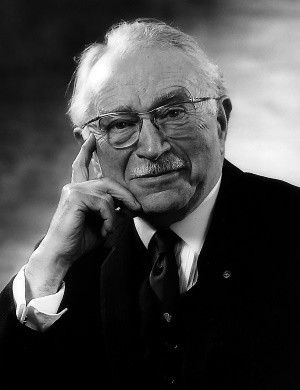
The usual recovery method, which was bed rest, did not help Dr. Guttmann's patients to recover. He brainstormed various methods to quickly restore the health of the injured veterans. Finally, the Head of the Spinal Injuries Unit thought about starting to gently move patients regularly. When he saw improvements in his health, he started rehabilitation programs to train them enough to play basic ball games. Soon, patients, confined to their wheelchairs, developed games such as netball, basketball, darts and even archery. Impressively, the health improved drastically.
The use of sports proved to be an effective method of rehabilitation for war veterans.
The first Stoke Mandeville games
So in 1948, inspired by the Olympic Games, which were held in London that year, Dr Guttmann thought of organizing a sporting event for these patients. Thus, the first Stoke Mandeville Games were held in 1948 with only 14 men and 2 women participating. Together they competed in archery, which was the only sport in the games.
Little did anyone know that the Stoke Mandeville Games would one day become the International Paralympic Games, the second largest sporting event in the world.
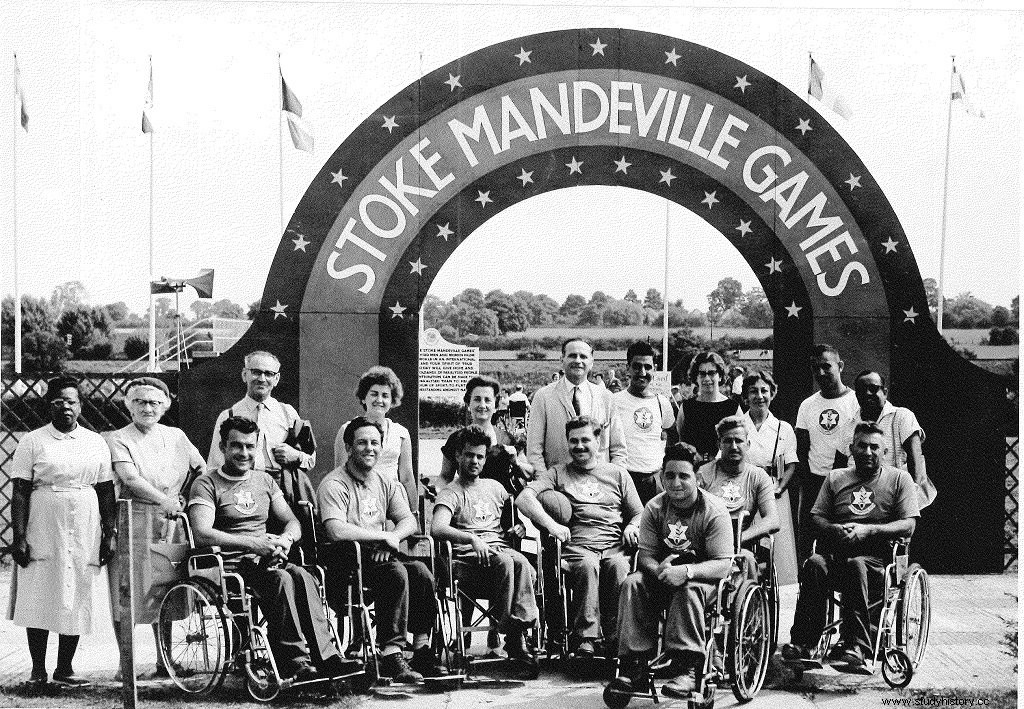
Dr Guttmann's approach to treating his illnesses more holistically focused not only on saving patients' lives, but also on restoring their dignity in society and ensuring that they were treated as respected individuals. This also led to the founding of the Paralympic Movement, which will be discussed below shortly.
International Stoke Mandeville Games
The Stoke Mandeville Games went international when a group of Dutch war veterans in 1952 also participated in the Games and competed with the British team. From there, it was known as the International Stoke Mandeville Games, and the games were held annually.
The number of participants went from 16 to 60 over the course of two years. Several sports such as netball and javelin throwing were then included. In addition, several countries from countries as far away as Asia and even Australia began to participate.
Before the Paralympic Games or even the Stoke Mandeville Games, disabled athletes would represent their countries directly in the Olympic Games. The first athlete with a disability to participate in the Olympics was the German-American gymnast George Ludwig Eyser, who won 6 medals representing the United States at the 1904 Olympics in St. Louis, Missouri.
Since the first international Stoke Mandeville Games, it has been four years that mark major developments that shaped the Paralympic Games to what they are today.
9. annual Stoke Mandeville International Games in Rome, 1960
The first major highlight in the development of the Paralympic Games was in 1960. That was when the first Paralympic Games, as we know it, began. The 9 th The annual Stoke Mandeville International Games were held just six days after the Summer Olympics, at the same venue as the Summer Olympics, which was Rome.
This was also the first time that disabled athletes who were not war veterans were allowed to take part in the fighting. This year saw 400 athletes participating from 23 countries, competing in eight sports.
In addition, since 1960, the games have taken place every four years instead of being held annually.
Introduction to the Winter Paralympics
Page 9 th Annual international Stoke Mandeville games in Rome, participation of athletes has witnessed massive growth.
Until 1976, only athletes in wheelchairs could participate in these matches, but in 196 the categories for disabilities grew. Now also amputees and visually impaired athletes can participate.
With the introduction of new disability categories, the meaning of the word 'Paralympic' changed. The term Paralympic was originally coined by mixing two words, Olympic and paraplegic, as it was originally related to patients with spinal cord injuries. When athletes with other disabilities began participating in the Games, the meaning of 'Paralympic' was no longer inclusive for these athletes. As a result, the meaning of the word changed. In the new sense, 'Para' in the Paralympics comes from the Greek preposition 'next to'. This means that these games are held in parallel with the Olympic Games. This meaning is still followed today.
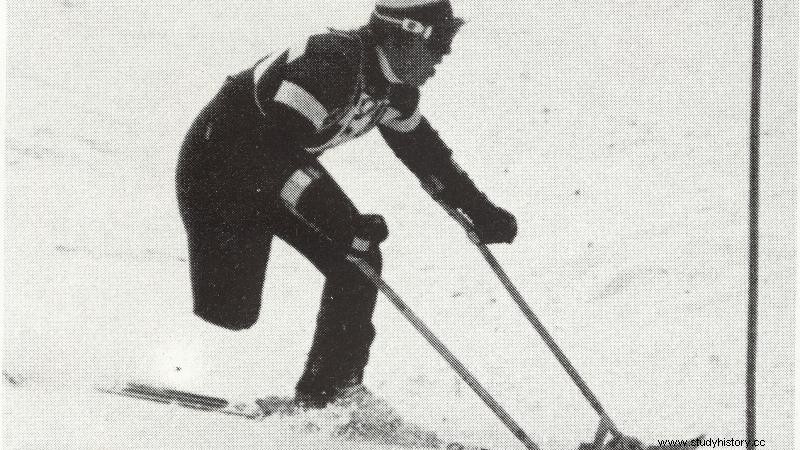
That same year, the first ever Paralympic Winter Games were held in Örnsköldsvik, Sweden. Just like the Summer Paralympics, these games would also take place every four years and would have an opening and closing ceremony. That year, the 1964 Winter Paralympics had participated in just two sports; alpine and cross-country skiing. These events marked the second major highlight in the development of the Paralympic Games.
Seoul Paralympic Games 1988
The next big highlight was the Paralympic Games in Seoul in 1988. For the first time, both the Summer Olympics and the Paralympics were held in the same country.
The 1988 Paralympic Games in Seoul took place shortly after the Summer Olympics in the same city, and used the same facilities. This format was followed in 1992, 1996 and 2000 until the International Paralympic Committee and the International Olympic Committee officially agreed to formally follow this format in 2001.
Also in 1988, the term Paralympic was officially used for the first time. The 1988 Games are often known as the beginning of today's Paralympics.
International Paralympic Committee and The Paralympic Movement
The International Paralympic Committee (IPC) was established in 1989 in Düsseldorf, Germany. The IPC is a non-profit organization that acts as the governing body for the Paralympic Games.
Obviously, they are the one responsible for the Paralympic Games and the athletes. But their goal is to manage and ensure the continuity of the Paralympic movement.
The Paralympic Movement is an international sports movement for the disabled that envisages more inclusion of the disabled through sport.
The movement believes that sport can bring about changes in attitudes that people have towards the disabled. Improve the mobility of people with disabilities and give them equal opportunities in all domains such as work, education, sports and health. It uses the global platform to dismantle the various stigmas surrounding people with disabilities.
1992 Paralympics Winter Paralympics in Tignes-Albertville
at the 1992 Winter Paralympic Games in France, for the first time the same venue and facilities from the Winter Olympics were used for the Paralympic Games.
Since 1992, the Paralympic Games have been held 2 weeks after each Olympic Games, in the same place, using the same facilities, tracks and arenas.
In fact, in 2001, the International Olympic Committee and the International Paralympic Committee signed an agreement which ensured that the city responsible for the 2012 Olympic Games would also host the Paralympic Games.
Today, the Paralympic Games bring together more than 4,000 participants from around the world. The categories of disability to qualify as Paralympic athletes have also expanded. Today, athletes with a wide range of disabilities, such as reduced muscle strength, reduced passive freedom of movement, limb defects, leg length difference, short stature, hypertension, ataxia, athetosis, impaired vision and intellectual impairments can participate in the games.
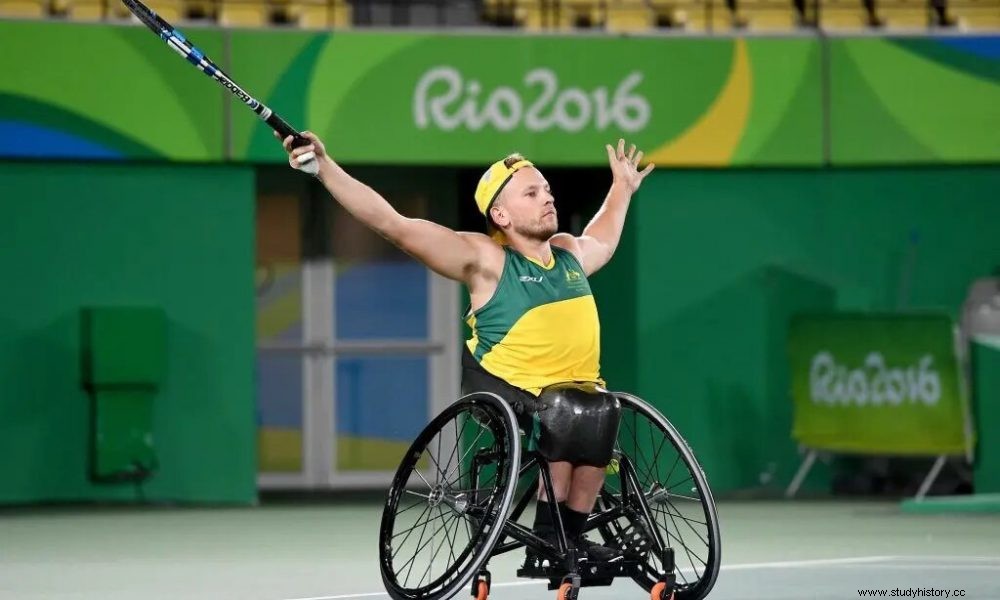
In addition, the list of games has also become longer since the first Stoke Mandeville games. Today, athletes can play a total of 28 matches in the Paralympic Games summer and winter together. 22 at the summer games and 6 at the winter games. The sports are Archery, Athletics, Badminton, Boccia, Canoeing, Cycling, Equestrian Sports, Football 5-in-Side, Goal Ball, Judo, Powerlifting, Rowing, Shooting Parasports, Seated Volleyball, Swimming, Table Tennis, Taekwondo, Triathlon, Wheelchairs Basketball, Wheelchairs Basketball , Wheelchair Rugby, Wheelchair Tennis, Alpine Skiing, Biathlon, Cross Country Skiing, Para Ice Hockey, Snowboarding and Wheelchair Curling.
Why are the Paralympic Games important?
The Paralympic Games play a crucial role in the development of humanity as a whole. Both disabled and disabled.
First and foremost, it provides an elite and large-scale platform for disabled athletes to showcase their talents and abilities. It changes the perception of many who still doubt the potential of the disabled, not only in sports but also in other fields.
The games inspire people with disabilities all over the world and all those around the world who also have to face all the odds to live their lives and gain respect in society. It motivates people by showing the excellence of athletes, and assuring them that disability should not limit one to achieving their goals or fulfilling their desires. It is a medium for social change. They encourage others to face their challenges and overcome both physical and mental barriers.
They also increase awareness of disabilities and make people with disabilities more visible. The more people are aware, the more comfortable it becomes to have conversations about disability, be more hospitable to them and make them feel included in society in their ongoing struggle for equal treatment and dismantling of stigmas.
The broadcasting of the games has proven to have improved people's attitudes towards the disabled. People were more comfortable talking openly about disability, which is ultimately a step towards any kind of change.
With each edition of the Paralympic Games, athletes improve and win more medals than ever before, earning them the recognition and respect they deserve.
Agitos symbol
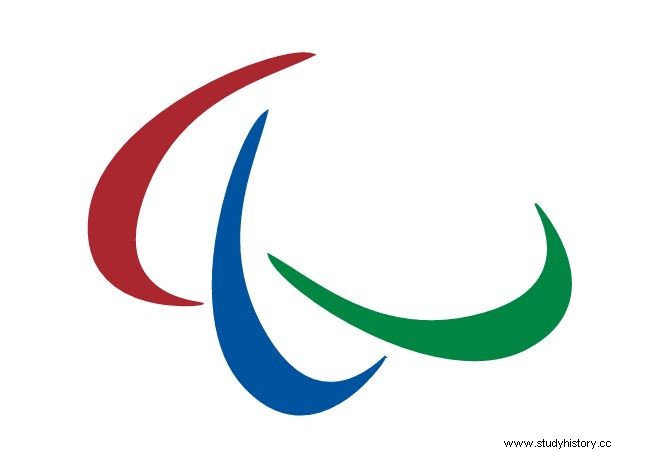
Secondly, like the Olympic Games, the Paralympic Games are also a way of promoting peace and unity among mankind. This, together with the values of the Paralympic movement, is translated into the symbol of the Paralympic Games, which was designed in 2003. The symbol has the shape of three agitos. Agitos are three crescents in color; red, blue and green surrounding a central point. The colors represent the colors of most flags in the world, and the shaped circle around a common point symbolizes the fact that athletes gather from all over the world in a competitive spirit. After all, sport has always been seen as an activity that keeps the mind and body in shape and brings people together. It also shows that practitioners come together to promote harmony, friendship and solidarity.
Also, I wave in Latin means' I move ', which recognizes the athletes' ability to achieve by moving forward.
What will the Paralympic Games look like in the future?
Although the future is uncertain, it is safe to say that there will only be progress in the Paralympic Games. With the technological development, perhaps more athletes with an even more diverse disability who are not in the current categories can participate in the matches.
Sports Innovations
The Paralympic Games have created a need for the development of gadgets that can help athletes by making sports more accessible to them.
For example, in the past athletes would only use traditional heavy wheelchairs to play sports, but now some wheelchairs weigh half the original weight, are flexible and specially designed for the position in which the athlete plays. In swimming, for example, visually impaired swimmers must depend on their senses in water and the verbal feedback they receive from their coaches while exercising. So, scientists have developed a device that is worn on the wrist and elbow that produces sounds and vibrations to alert the swimmer when the movements are done correctly. This way, they can train optimally.
Another popular and very useful invention is the flex foot cheetah which are prosthetic human feet that help amputee athletes run and jump.
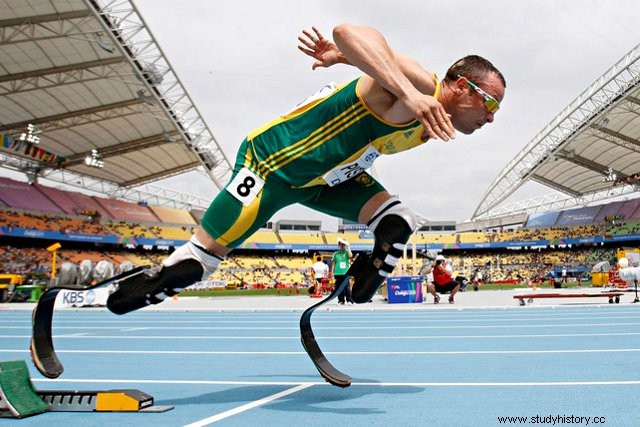
It is ultimately the practitioner who does everything. The devices simply help mobility.
Innovations in sports technology and equipment, especially for the disabled, will allow potential athletes to choose from a wide range of sports. And the games could see the addition of new sports. In the Tokyo Paralympic Games in 2020, such as badminton and taekwondo, two sports were added to the event.
This phenomenon engages designers, innovators and engineers from around the world to contribute. Students especially get the opportunity to hone their creative skills and with programs such as the Sports Innovation Challenge or Open Innovation Challenge, they get the right opportunity. While practitioners get the right equipment.
Towards a hopeful future
Finally, sport unites, educates and inspires societies with different backgrounds, stories and cultures. The future should hope that Paralympic athletes are more than athletes. For them to be treated equally in society. To find equal opportunities in fields other than sports. To utilize their abilities and talents. To be established citizens who are not limited by the disability.
For others to create a culture that reduces ignorance around disabilities. The idea is to be more inclusive.
Do not hesitate to share your thoughts in the comments below.
Click here for more articles like this.
